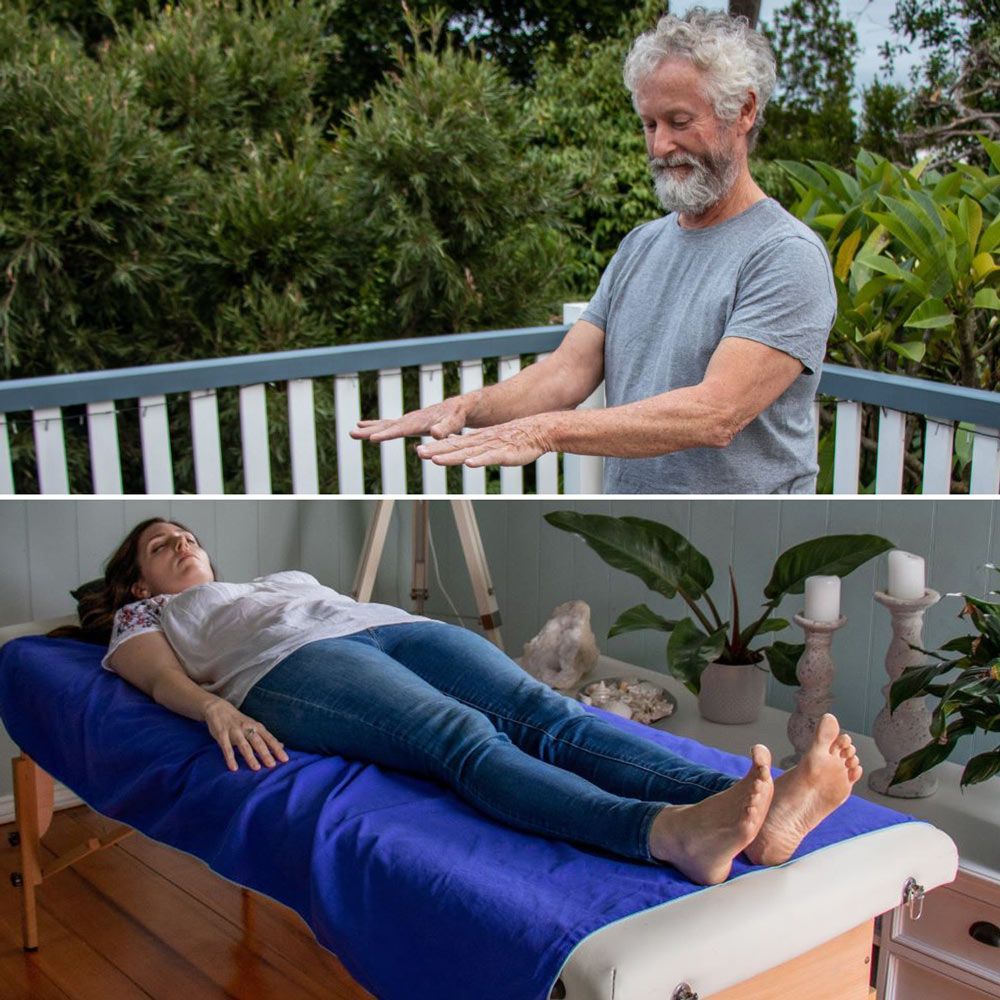Understanding and Managing Chronic Fatigue and Fibromyalgia
Understanding and Managing Chronic Fatigue and Fibromyalgia

Living with chronic fatigue syndrome (CFS) and fibromyalgia is more than just managing physical symptoms; it’s a profound journey that impacts all areas of life—mental, emotional, and social. The day-to-day reality of these conditions often includes debilitating fatigue, body pain, and cognitive challenges, compounded by the added burdens of anxiety, financial stress, and the sometimes judgmental responses of others. Though blood tests may indicate “normal” health, many with CFS and fibromyalgia know all too well the depth of these invisible struggles.
Thankfully, awareness around these conditions has grown, with more people understanding that CFS and fibromyalgia are very real. Despite this, it’s not uncommon for doctors to suggest managing symptoms without offering hope for true recovery. However, more and more people have found long-lasting relief by addressing the root causes, which involve more than just symptom management.
Breaking Down the Steps to Recovery
Recovery from chronic fatigue and fibromyalgia is multi-layered. Think of it like building a piece of furniture. You can research materials, watch videos, and consult guides, but if you don’t actively take each step, the knowledge won’t translate into a usable result. Similarly, managing these conditions requires both understanding and consistent action.
Many factors can contribute to the onset of these illnesses. People with certain personality traits—such as perfectionism, a tendency to prioritize others’ needs, or a high-achieving mindset—may be more susceptible. These traits often mean that stress and unresolved emotions are left unaddressed, quietly accumulating until an external trigger, like a virus, accident, or emotional event, pushes the body’s systems into overdrive. At this point, the limbic brain, specifically the hypothalamus, can start sending chaotic signals to the rest of the body, resulting in a mix of symptoms that vary day to day.
When these symptoms aren’t addressed at their root, they tend to reinforce themselves, creating a loop of anxiety and frustration. Rest may be elusive because the mind is in overdrive, constantly wrestling with fears about health, finances, and the future. This elevated stress response keeps the nervous system locked in a sympathetic state—the “fight or flight” mode that, while useful in real danger, becomes harmful when chronically activated.
Sympathetic Dominance and Neuroplasticity
Our nervous systems function in two modes: sympathetic (fight or flight) and parasympathetic (rest and digest). In people with CFS and fibromyalgia, the nervous system often remains stuck in the sympathetic state. This is helpful in a short-term emergency but detrimental when there is no immediate danger and we need rest to heal.
Fortunately, the brain has a remarkable capacity for change, known as neuroplasticity. While we once believed that neural pathways were fixed, we now know that they can be rewired. With the right guidance, it’s possible to retrain the brain, shifting it away from the stress response and back into a balanced state.
However, change can be challenging. While our current situation may not be ideal, our minds often perceive the familiar as safer than the unknown. Each individual has a unique tolerance for change, and while some may embrace it easily, others may experience resistance. Recognizing this resistance, and choosing to move beyond it, is key to healing.
How Kinesiology and Brain Retraining Can Help
Kinesiology is a powerful tool that taps into the subconscious mind to access stored memories and emotions contributing to stress. Often, stressors from the past remain unresolved, especially if they’re tied to traumatic or intense experiences that the body hasn’t fully processed. Through kinesiology, these underlying causes can be addressed, helping to release the energy tied up in past events and freeing up mental and physical resources for healing.
Brain retraining complements kinesiology by directly working on the thought patterns that have become habitual. Over time, chronic worry and negative thoughts can reinforce the sympathetic dominance in the nervous system. Through guided exercises, brain retraining helps break these patterns, allowing the mind to adopt new, more adaptive responses. It takes dedication, and having support along the way can be incredibly helpful, especially when we unconsciously resist the changes we most need.
Supporting Recovery Through Lifestyle Adjustments
While healing techniques like kinesiology and brain retraining are instrumental, lifestyle changes also play a supportive role. A balanced diet, the right supplements, and avoiding foods that may cause allergic reactions are all beneficial. However, nutrition alone typically isn’t enough to fully recover from CFS or fibromyalgia. Addressing the deeper neurological and energetic patterns is essential for meaningful, lasting change.
Finding Hope in the Healing Process
Recovery from chronic fatigue and fibromyalgia is possible, though it’s rarely a linear journey. The process may involve facing personal habits, past experiences, and even aspects of identity that need to be reshaped. But with the right tools and a willingness to make incremental changes, it’s entirely possible to find relief and reclaim a sense of well-being.
I am passionate about helping others on this path. If you’re ready to explore how kinesiology, brain retraining, and energy work can support your journey, I’m here to guide you. I work with clients both in person (in Chandler and MacLeay Island in Brisbane) and online through Zoom or Skype, offering flexibility to meet your needs.
Take the First Step Toward Relief
Living with chronic fatigue or fibromyalgia can feel isolating, but you don’t have to face it alone. If you have questions, concerns, or simply want to understand more about these treatment options, I offer a free 15-20 minute phone consultation. During this call, we can discuss your needs and create a plan tailored to you. Sessions are available at $80 per hour.
Don’t let chronic fatigue or fibromyalgia define your life. Take the first step toward healing, and contact Rob today.








